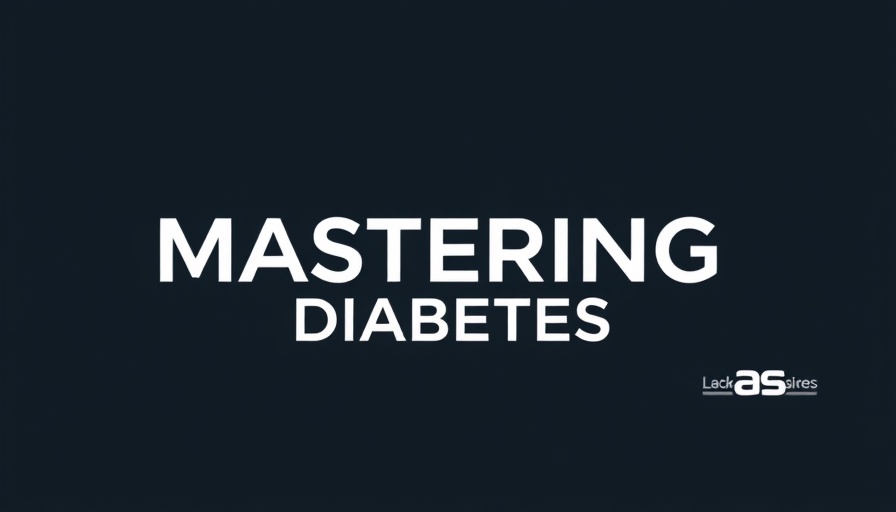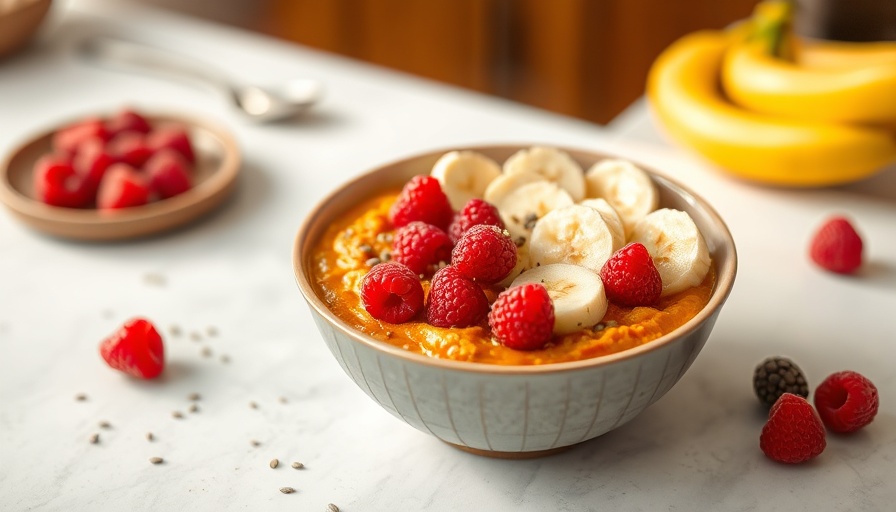
Understanding Low Blood Sugar and Its Effects
For those managing type II diabetes, low blood sugar, or hypoglycemia, can be a moment of panic. Symptoms such as sweating, trembling, and confusion can enter one’s consciousness abruptly. When blood sugar levels drop below the crucial threshold of 70 mg/dL, your brain signals the body to eat, invoking the hunger hormone ghrelin. But hoarding candy or sugary snacks might not be the most effective response.
The Top 10 Best Foods to Treat Low Blood Sugar Effectively
It’s essential to choose foods that can elevate your blood sugar rapidly and sustain it. Here’s a ranked list, highlighting the best options ranging from satisfactory to the most effective:
- #10: Cake - While it might be comforting during a hypo, the fat content slows down sugar absorption. Glycemic Index: ~42–60. Ideal for mild lows only.
- #9: Ripe Banana - While healthy, bananas have a moderate glycemic index and are best for mild low-levels. Glycemic Index: ~51.
- #8: Fruit Pouches - Easy and neat options for mid-night cravings, but check for the fiber content. Glycemic Index: ~40–60.
- #7: Raisins - High in natural sugar, perfect for quick recovery. About 1.5 tablespoons can do the trick.
- #6: Table Sugar - A classic choice and effective. Just a tablespoon can provide quick relief.
- #5: Honey - Similar to sugar in its efficacy. Just one tablespoon can be restorative.
- #4: Candy (Life Savers) - These candies work quickly and are portable, making them reliable emergency choices.
- #3: Orange Juice - A classic remedy; an 8-ounce glass can bring your levels back up swiftly.
- #2: Regular Soda - Carbonated sugar is another fast remedy. Aim for about 12 ounces.
- #1: Glucose Tablets - Easily accessible, precisely measured, and highly effective, these are the gold standard for managing a low.
Foods to Avoid When It Matters Most
It’s equally important to know what not to eat during a hypo. While dark chocolate may seem like a tempting option due to its sugar content, the fat in it drastically decreases sugar absorption rates, making it a poor choice when time is of the essence.
How Much Should You Eat?
What’s the right quantity to consume? It’s essential to consider that during a hypoglycemic episode, quick relief is necessary. The established 15-15 rule suggests consuming 15 grams of fast-acting carbohydrates and waiting 15 minutes to see the effect. This rule helps prevent overindulging during an episode.
Practical Tips for Managing Your Blood Sugar
As someone with type II diabetes looking to lower your A1c and control your glucose levels effectively, it’s vital to have a plan. Incorporating these foods into your diet can be part of a well-rounded diabetic meal plan, improving your everyday management of blood sugar.
Remember, low blood sugar calls for immediate action. Knowing the best foods to treat these moments can help reduce panic. Always keep your preferred fast-acting relief options handy – alongside tracking your daily carbohydrates can be the key to successfully managing your diabetes. Consider consulting a healthcare professional for tailored advice.
Conclusion: Take Control of Your Health
Your journey towards effective diabetes management is paved with knowledge and preparation. By understanding how to treat low blood sugar and what foods to include in your diet, you can work towards reducing your blood sugar and lowering your A1c levels.
Take the next step: create a personalized diabetic meal plan that works for you, focusing on not only what to eat but also how to monitor your intake effectively!
 Add Row
Add Row  Add
Add 




Write A Comment